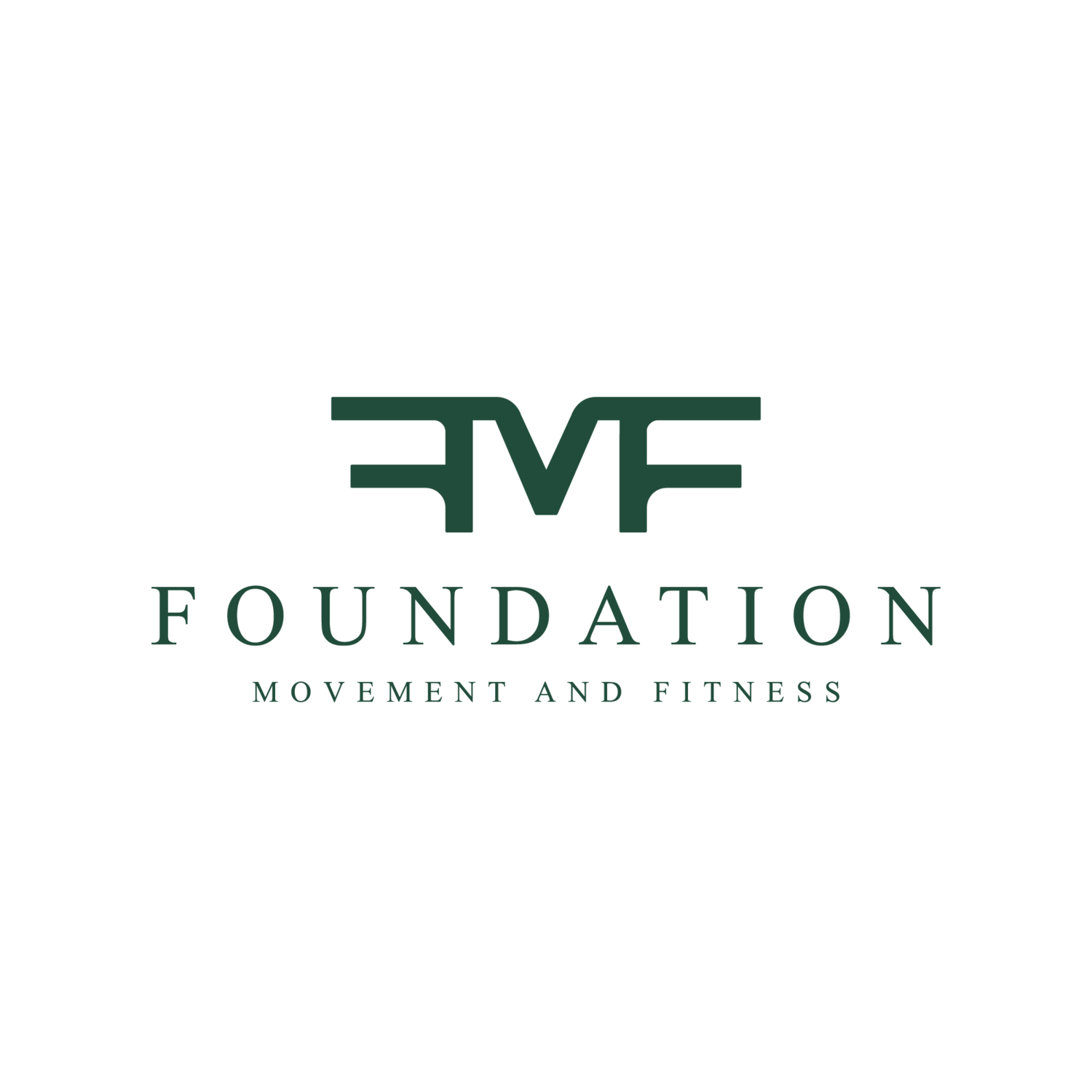Oh, the squat… Such a perfect example of the balance of antagonist muscles and multiple joints working together to create one cohesive movement… *daydreams*
We just screw it up!
Ok that was a little harsh, but it's true! The squat is pretty much the most functional of functional movements that exist. And when all our stability, mobility, and strength is optimal, a squat shows our body moving in beautiful harmony. But as soon as one part is off, it can throw another off, which throws another and suddenly is just a big squatting mess.
Alright friends welcome back to the blog, let's talk about squats
So let's take a look at some KEY points about the squat and how to really MAXimize the benefits of doing squats.
Mobile versus stable joints:
What joints need to be mobile:
hips, ankles, thoracic spine and shoulders (and wrists if you’re front squatting)
What joints need to be rock solid stable:
Feet, knees, lumbar spine
( this concept was first introduced by Grey Cook in Movement.)
Common Mistakes:
Foot placement. “Where should my feet be?” One thing I see a lot of is people squatting with their feets in odd places. There certainly is not only one correct squat stance. Squats, like any exercise, can be used for many different focuses and are therefore adjusted in many different ways to reach desired outcomes. But that doesn’t mean there are some stances that are simply ineffective or dangerous that can easily provoke injuries because there definitely are and we don’t want to be doing those!
Some stance options:
Hip width with toes pointed out 30 degrees. Probably the most basic and functional option. This is what we primarily use with our clients. Knees spread wide allowing space for your hips to get LOW.
Sumo or wide stance with toes pointed out. Targets adductors and glutes more heavily, leaving quads more out of the equation. However, a lot of times I see people doing sumo squats accidentally. What I mean by that is that they are simply squatting like that because their hips aren’t MOBILE enough to do a standard squat stance so they spread their feet out super wide to be able to get their butt down low. I would recommend mastering a standard squat stance before trying other options such as the sumo so your body adapts to the basic functionality of the squat pattern.
Shoulder width with toes pointed forward. This is going to be pretty advanced. It's hard to get your butt past 90 degrees with your feet this close together and toes pointed forward. This is commonly referred to as a narrow stance squat.
Whichever stance you opt for, I always teach to get your booty as low as you can with good form - ideally past 90 degrees, or past your knees.
This maximizes glute recruitment because it stretches the glute muscles. The more you STRETCH a muscle on the eccentric movement, the more the muscle has to WORK to contract and shorten again.
One last thing to note - people tend to leave the thoracic spine out of the equation when talking about squat patterns. The thoracic spine is essentially ⅓ of the squat. The joints you’ll PRIMARILY see in motion are your ankles, hips, and thoracic spine. When you watch a squat, you can clearly see if someone’s thoracic spine is a factor in preventing someone from having a quality squat pattern. A rounded thoracic spine impacts one’s ability to keep one torso upright, the shoulders back and down, and the overall recruitment of the posterior chain muscles which should be a lot of the primary movers in this movement.
Ok that’s all for now but we talk about squats all the time here at Foundation Movement and Fitness so be on the lookout at our blogs and Instagram if you’re interested in more squat talk!
Thanks for ready and we’ll catch you next time!
Want to see some of the behind-the-scenes or other thoughts we have? Follow us on Instagram, @foundation_movement_fitness
button on our website,
Your movement specialists
“We squat naturally.. but every day things like chairs and desks, screw it up. Practice squatting... you won’t have to worry about the ability to get off the floor if you fall. ”


